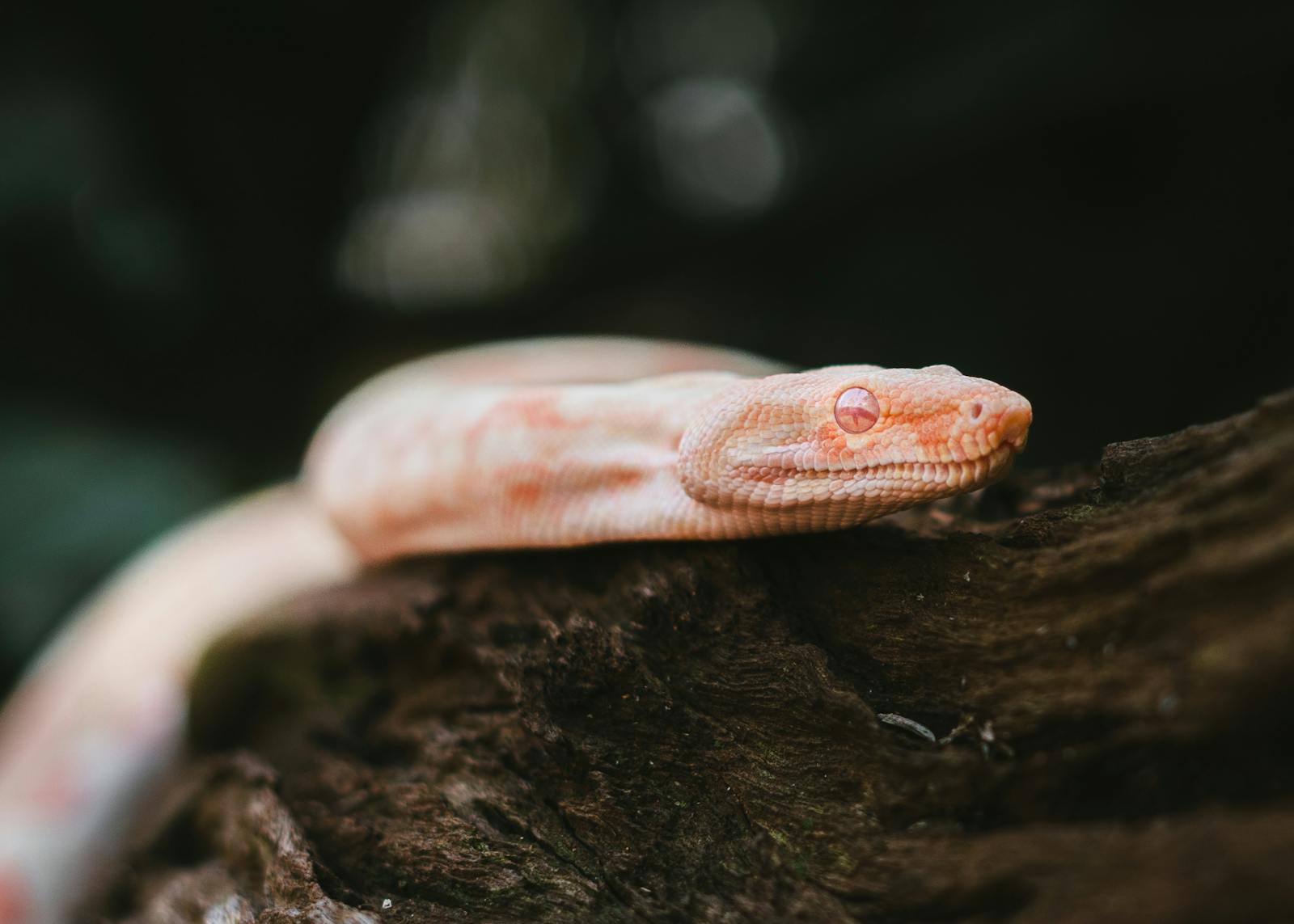When encountering a snake in the wild, it’s natural to feel alarmed and wonder about the reptile’s intentions. Is that snake deliberately tracking you, or is it simply moving along its own path that happens to intersect with yours? Understanding snake behavior can help dispel fears and misconceptions while promoting safer interactions with these fascinating but often misunderstood creatures. This article will help you distinguish between coincidental snake encounters and the extremely rare instances of snakes showing interest in humans, while providing practical safety advice for wilderness enthusiasts.
Understanding Snake Behavior Basics

Snakes are primarily motivated by four basic needs: finding food, seeking shelter, regulating their body temperature, and locating potential mates. Unlike predatory mammals, snakes don’t “hunt” humans or track them for extended periods. Their cognitive processes are quite different from mammals that might strategically stalk prey. Snakes are opportunistic predators that generally prefer prey they can swallow whole, which excludes humans from their menu. When a snake appears to be following the same path as you, it’s almost certainly coincidental and related to one of these four basic needs rather than any intentional tracking behavior.
The Myth of Snake Pursuit
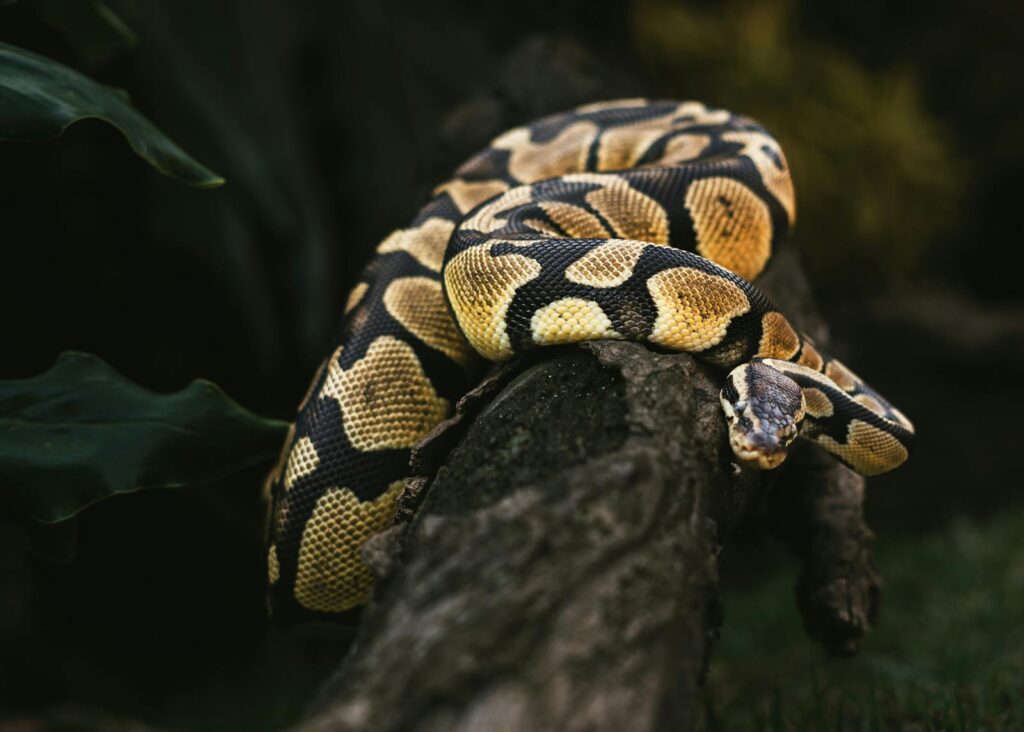
The notion that snakes chase or follow humans is one of the most persistent myths in wildlife lore. This misconception likely stems from fear-based interpretations of snake movement and defensive behaviors. When threatened, some snakes may move toward a person if that direction represents their escape route or access to shelter. This can create the illusion of pursuit when the snake is actually trying to flee to safety. Additionally, a snake that feels cornered might advance toward a person as a bluffing tactic to create space for escape, which can be misinterpreted as aggressive pursuit when it’s actually defensive posturing.
Snake Locomotion Patterns
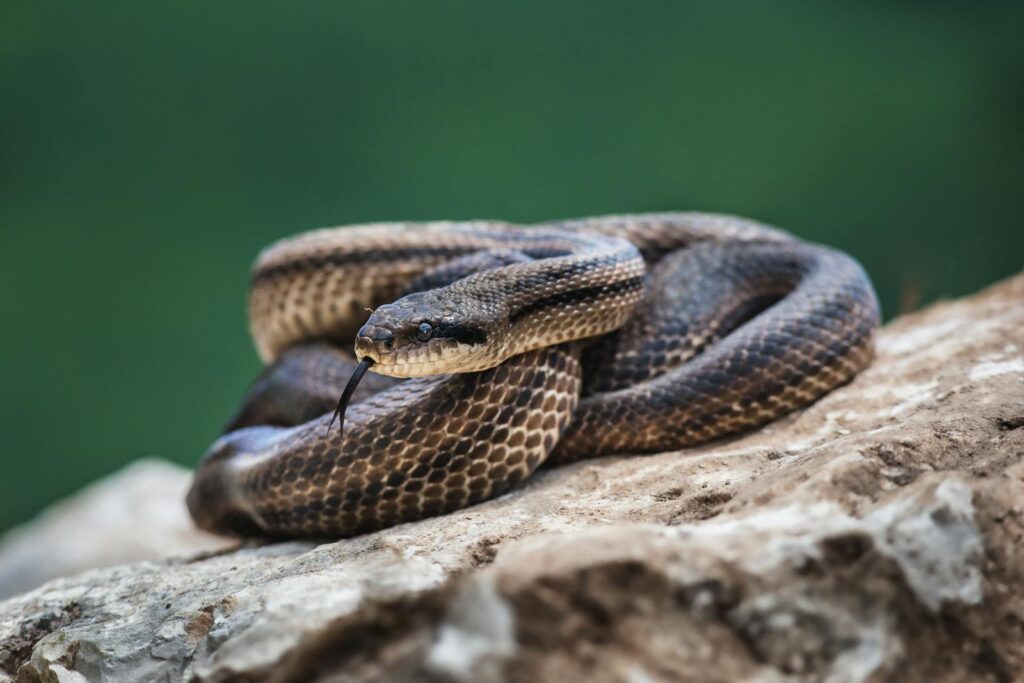
Understanding how snakes move can help determine their intentions. Snakes typically move in predictable patterns depending on their species – some use lateral undulation (the classic S-shaped movement), while others employ rectilinear locomotion (straight-line movement) or sidewinding. A snake genuinely pursuing something moves with purpose and maintains a consistent direction toward its target. In contrast, a snake that’s simply traveling will often pause, change directions, or investigate its surroundings as it goes. If you notice a snake moving in an erratic pattern, stopping frequently to flick its tongue (gathering sensory information), or changing course multiple times, it’s almost certainly focused on its environment rather than on you.
Distinguishing Defensive Behavior from Normal Movement
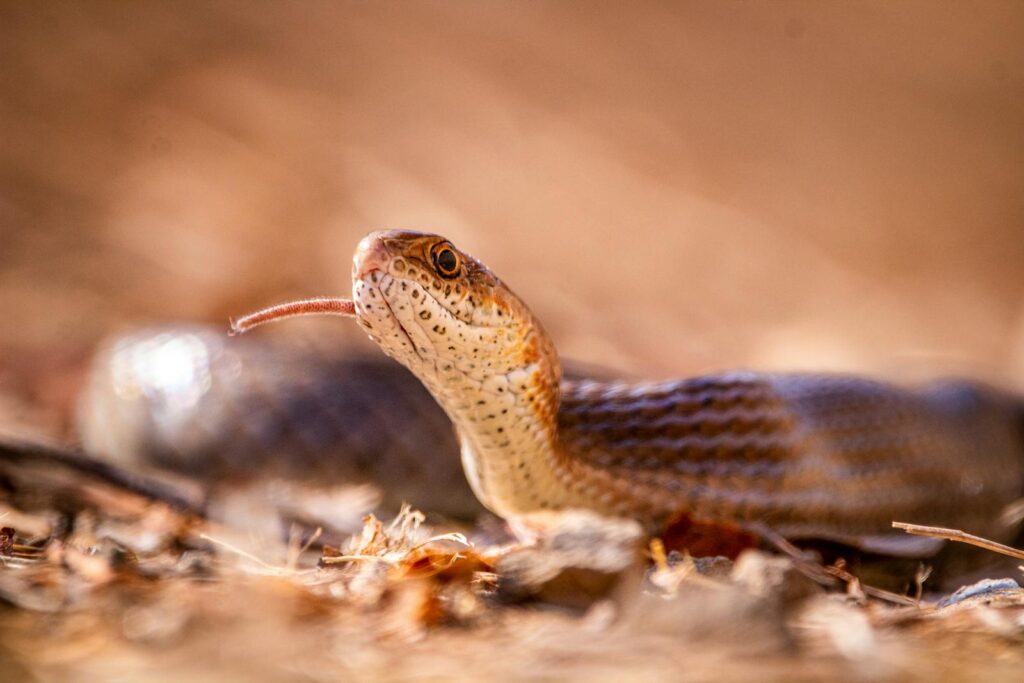
Snakes display distinct body language when they feel threatened versus when they’re simply moving through their habitat. A defensive snake will often adopt a posture that makes it appear larger – this might include flattening its head or neck, raising its body off the ground, or coiling into a strike position. You might also observe rapid tongue flicking, hissing, rattling (in rattlesnakes), or mock strikes where the snake lunges forward without actually making contact. By contrast, a snake that’s simply passing through will generally maintain a relaxed body posture, with smooth, unhurried movements. The head typically remains in line with the body rather than raised in an alert position.
The Role of Your Own Movement
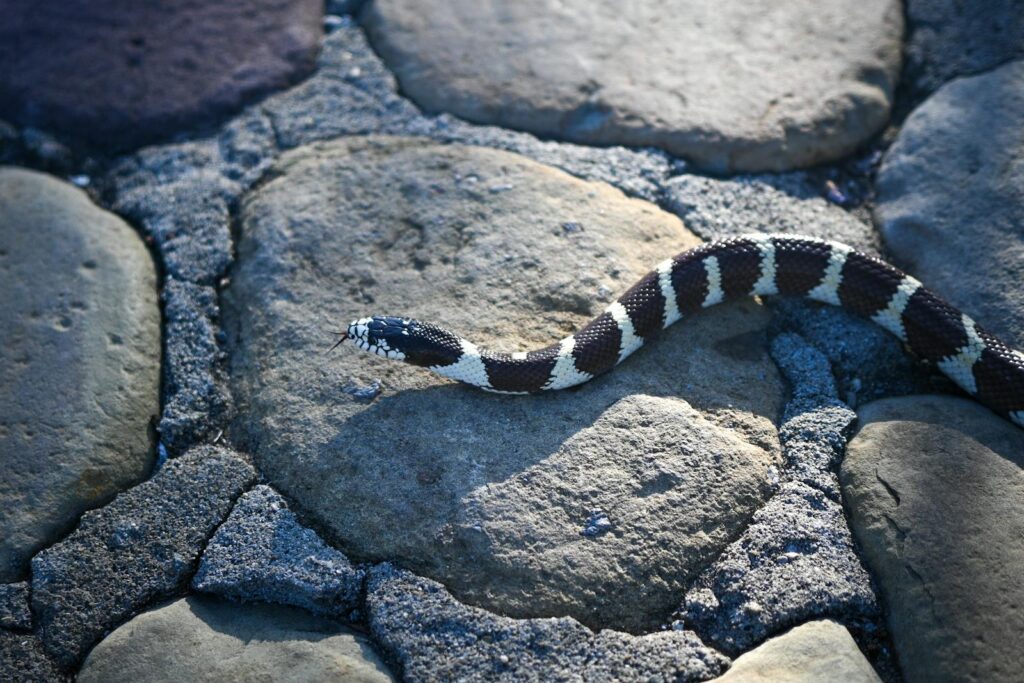
Human movement significantly influences how a snake might react during an encounter. Quick, erratic movements can trigger a snake’s defensive response, while slow, predictable movements are less likely to be perceived as threatening. If you suddenly stop and a snake continues moving in your direction, it likely hasn’t registered your presence or doesn’t perceive you as a threat. A snake that’s actually responding to you will typically pause when you stop moving, as it reassesses the situation. Your footsteps create ground vibrations that snakes can detect through their jawbones, so a snake may indeed be aware of your presence before visual contact is made, but this awareness rarely translates to sustained following behavior.
Thermal Sensing and Human Detection
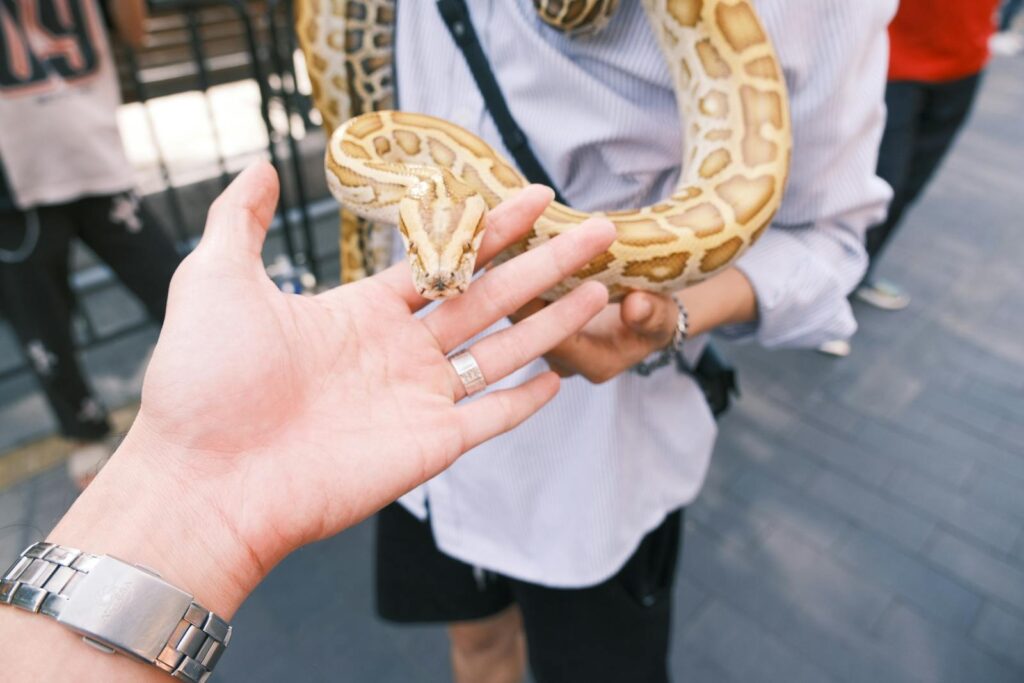
Some snakes, particularly pit vipers like rattlesnakes, copperheads, and water moccasins, possess specialized heat-sensing organs called pit organs. These remarkable structures allow them to detect temperature differences as slight as 0.003°C and can sense a warm-blooded animal from up to one meter away. While these snakes can certainly detect human body heat, they use this ability primarily for locating appropriate-sized prey and avoiding larger potential threats. If a pit viper appears to be orienting toward you, it’s more likely assessing whether you represent a threat rather than viewing you as potential prey. The snake’s behavior will typically shift to defensive or avoidance tactics once it determines you’re too large to be suitable prey.
Snake Species and Their Typical Behaviors
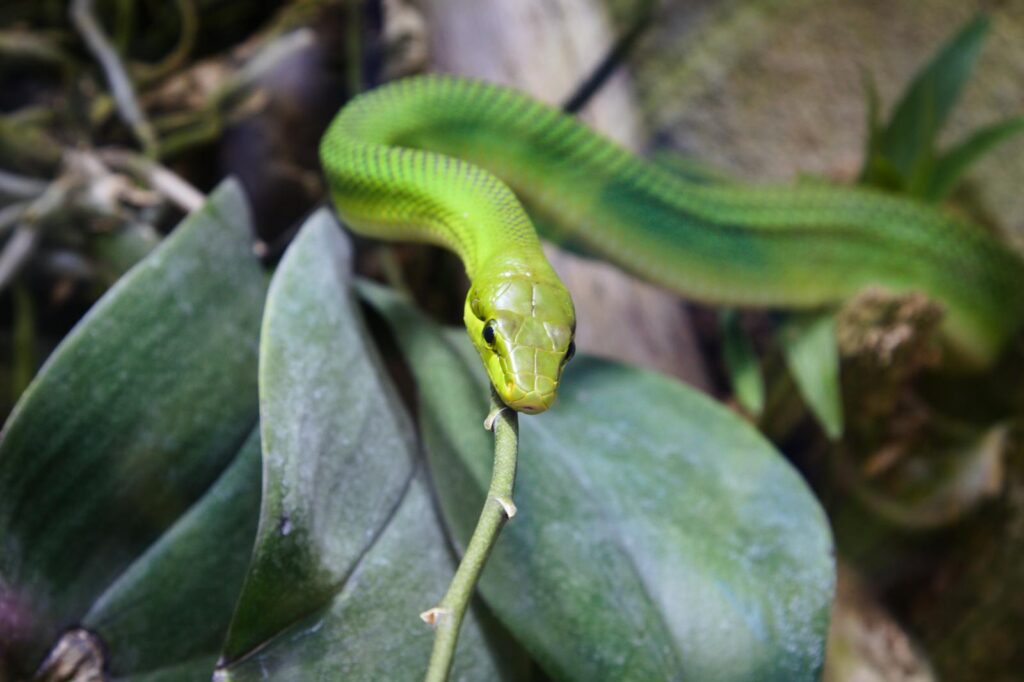
Different snake species exhibit varying behavioral tendencies that can help you interpret their movements. Water snakes often bask near shorelines and may enter water if disturbed, creating the impression they’re following a swimmer when they’re actually seeking the same shallows for hunting. Racers and coachwhips, among the fastest snake species, might flee rapidly in your direction if startled from behind, creating a false impression of pursuit. Venomous species like rattlesnakes typically prefer to remain stationary and warn potential threats rather than follow them. Understanding the common species in your area and their natural behaviors provides crucial context for interpreting snake movement patterns you might encounter.
Environmental Factors Affecting Snake Behavior
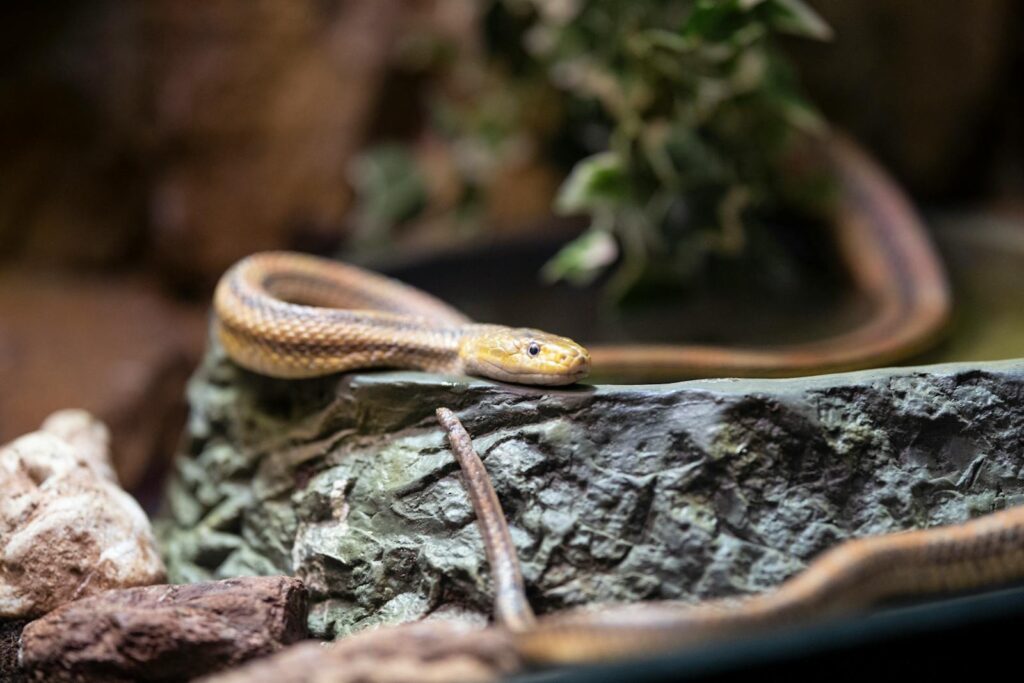
Environmental conditions significantly influence snake behavior in ways that might be misinterpreted as interest in humans. During extreme heat, snakes may follow the same shaded path that hikers naturally select, creating coincidental encounters. After rainfall, snakes and humans alike might utilize the same high ground, again resulting in perceived following behavior. Time of day also matters – many snake species are crepuscular (active at dawn and dusk) or nocturnal, making encounters during these periods more likely as they actively hunt or travel. Seasonal factors affect behavior too, with snakes becoming more active during spring breeding season and fall as they seek winter hibernation sites, potentially increasing human-snake encounters during these transition periods.
Signs a Snake Is Actually Interested in You
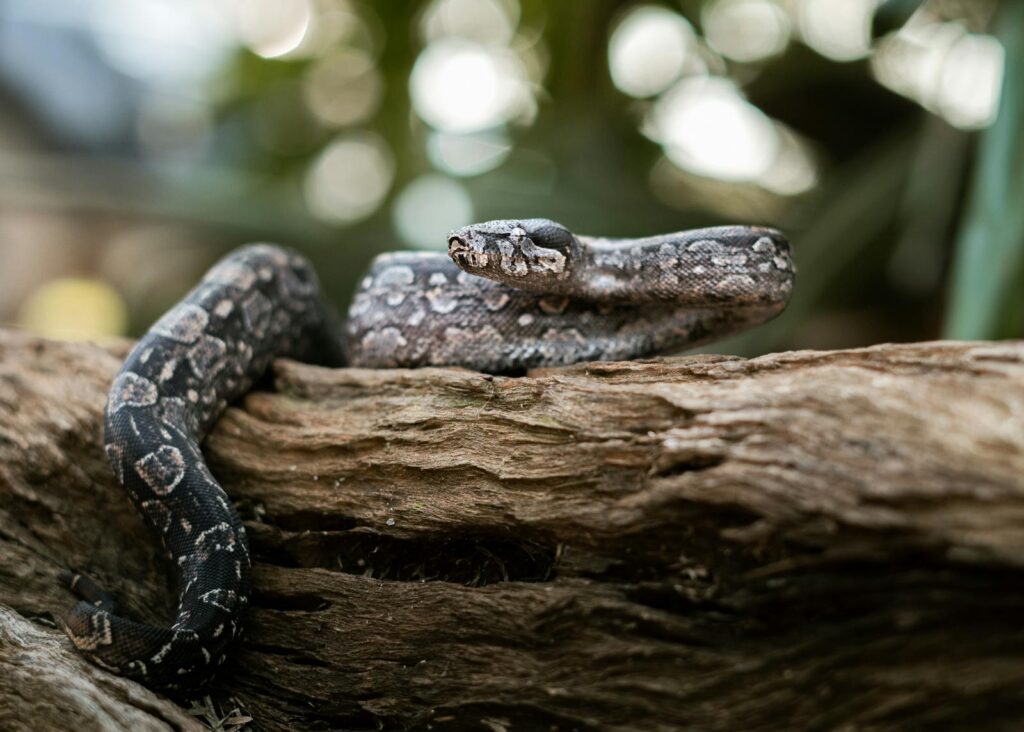
While extremely rare, there are a few situations where a snake might show genuine interest in a human. If you’ve been handling prey animals like rodents or eggs, residual scent on your hands might trigger feeding responses in certain snake species. Similarly, snakes in captivity that associate humans with feeding may approach people expectantly. Unusually bold behavior, such as a snake that persistently follows despite efforts to move away or one that repeatedly approaches despite deterrent actions, could indicate habituation to humans, possibly from illegal feeding or handling. The most reliable indicator of focused interest is sustained, direct movement toward you that continues even when you change position or location multiple times.
Appropriate Responses to Snake Encounters

When encountering a snake in the wild, the safest response is to stop moving, assess the situation, and slowly back away while keeping the snake in view. Give the animal plenty of space – most defensive strikes occur within a range of half the snake’s body length. Never attempt to handle, kill, or provoke a snake, as these actions dramatically increase bite risk. If a snake appears to be following you, change your direction at a 90-degree angle to determine if it continues toward you specifically or maintains its original path. Should a snake persist in your direction despite these measures, increase your distance more dramatically by walking (not running) away, as snakes can’t sustain pursuit over longer distances.
Preventative Measures During Outdoor Activities
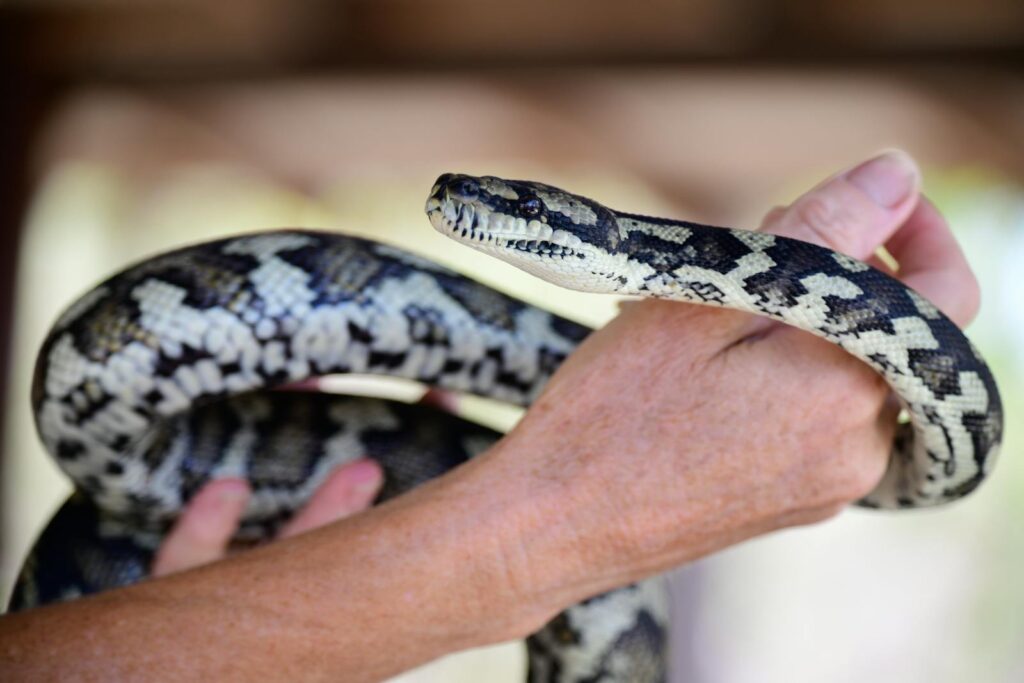
Taking proactive steps can minimize problematic snake encounters. Wear appropriate footwear (closed-toe boots) and long pants when hiking in snake habitat, and use a walking stick to probe vegetation before stepping through it. Stay on established trails whenever possible, as snakes often rest in tall grass or under rocks and logs. Be particularly vigilant near water sources, rock outcroppings, and fallen logs – all preferred snake habitats. When camping, use a closed tent with the zipper fully closed, check shoes and gear before use, and store food in sealed containers. Avoiding hiking alone provides an extra safety margin, as a companion can assist in case of emergency.
When to Seek Professional Assistance

While most snake encounters resolve themselves without incident, certain situations warrant professional intervention. If a venomous snake has taken up residence near a home, school, or frequently used area, contacting a professional wildlife removal service is safer than attempting DIY removal. Similarly, if you observe unusually aggressive behavior from local snakes, such as advancing toward people without provocation, this could indicate a rabies-like condition called inclusion body disease (IBD) in some species, which warrants reporting to local wildlife authorities. For homeowners experiencing repeated snake encounters, a wildlife expert can identify and help eliminate attractants like rodent populations or ideal snake habitat near dwellings, providing a long-term solution to unwanted snake visits.
Cultural Perspectives and Overcoming Snake Phobias

Fear of snakes is deeply embedded in many cultures, often reinforced by myths about snake behavior that include persistent beliefs about snakes chasing humans. This cultural programming can trigger an automatic fear response that interferes with rational assessment of snake encounters. Ophidiophobia, the clinical fear of snakes, affects approximately 1 in 3 adults worldwide to some degree, making it one of the most common specific phobias. For those with severe snake anxiety, cognitive behavioral therapy has proven highly effective, often incorporating gradual exposure to snake images, videos, and eventually supervised encounters with non-venomous species. Understanding the biological reality of snake behavior – that they generally avoid human contact rather than seek it – can be the first step in developing a more balanced perspective.
Conclusion
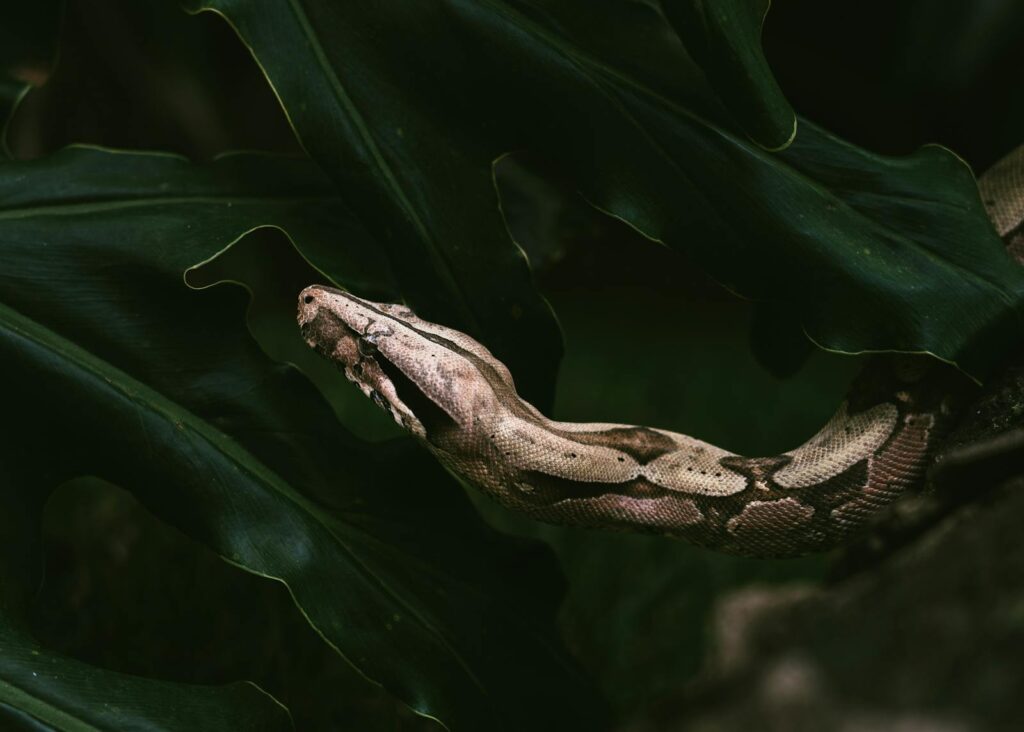
Most perceived instances of snakes “following” humans are cases of misinterpreted behavior or coincidental movement patterns. Snakes generally have no interest in humans beyond assessing whether we represent a threat to their safety. By understanding snake behavior basics, recognizing defensive postures, and responding appropriately to encounters, outdoor enthusiasts can navigate snake territory with confidence rather than fear. Remember that these remarkable reptiles play vital roles in their ecosystems and typically want nothing more than to be left alone to fulfill their natural behaviors. With knowledge and respect, humans and snakes can peacefully share natural spaces without undue concern on either side.

